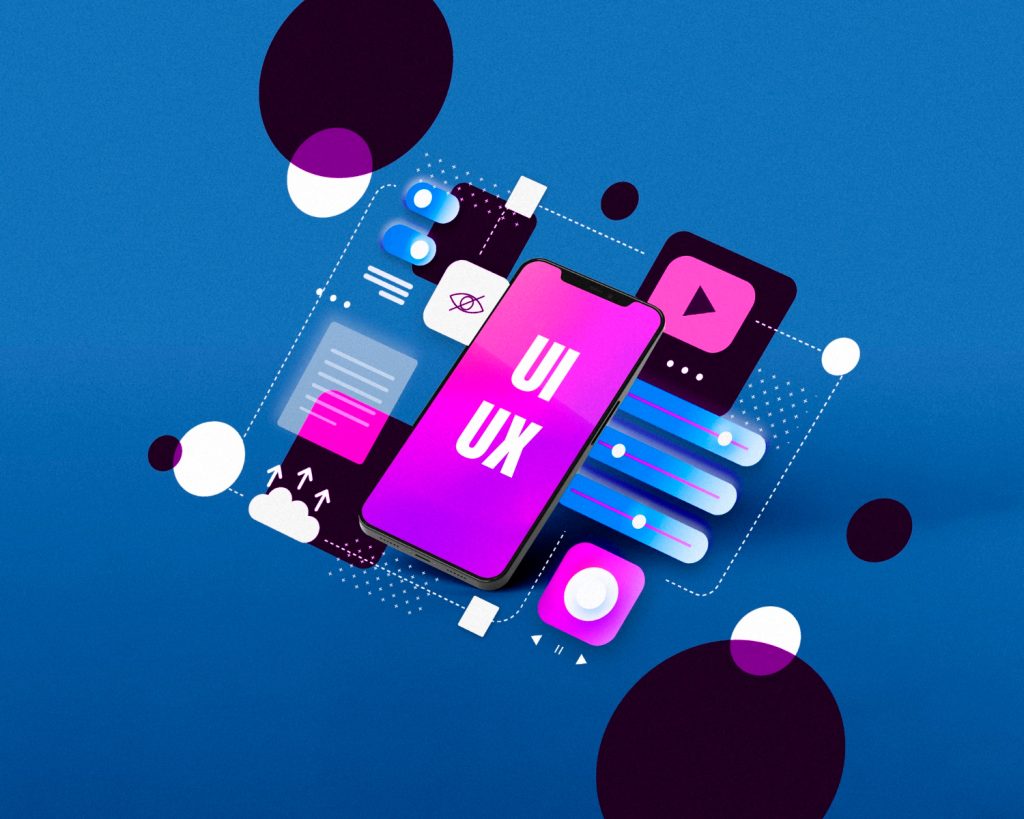User Interface (UI) and User Experience (UX) design play a critical role in how digital products are perceived and used. From websites and mobile apps to SaaS dashboards and wearable tech, thoughtful UI/UX design can make or break the success of a product. To meet the growing demand for intuitive, accessible, and aesthetically pleasing digital experiences, designers rely on a variety of professional tools. If you’re looking for the best software for UI/UX design in 2025, there are several industry-standard platforms worth considering, each with unique strengths depending on your workflow, team structure, and project scale.
What to Look for in UI/UX Design Software
Before diving into the tools, it’s important to understand the core capabilities that make great UI/UX software:
-
Vector-based design tools for scalable interface creation
-
Prototyping features to simulate user flows and interactions
-
Collaboration tools for design teams and stakeholders
-
Component and symbol libraries for reusable UI elements
-
Cross-platform compatibility (macOS, Windows, web-based)
-
Developer handoff support (inspect mode, code export)
Whether you’re designing wireframes, high-fidelity mockups, or interactive prototypes, the right tool should support both creativity and efficiency.
Best Software for UI/UX Design in 2025
1. Figma
Figma has become the industry leader for collaborative UI/UX design. It’s a cloud-based design tool that allows multiple users to design, prototype, and give feedback in real time.
Key features:
-
Browser-based with native desktop apps
-
Real-time collaboration and commenting
-
Auto layout and component system
-
Interactive prototypes and transitions
-
Built-in developer handoff features
Why it’s the top choice:
Figma is ideal for modern teams due to its collaborative nature, cross-platform accessibility, and powerful design system features. It’s widely used in startups, agencies, and large product teams alike.
2. Adobe XD
Adobe XD is Adobe’s dedicated UI/UX design tool, offering seamless integration with the Adobe Creative Cloud ecosystem. It’s known for its performance, clean interface, and intuitive design-to-prototype workflow.
Core features:
-
Vector-based design with responsive resizing
-
Auto-animate for transitions and micro-interactions
-
Integration with Photoshop and Illustrator
-
Voice prototyping and plugin support
-
Shareable prototypes with comment functionality
Best for: Designers already invested in Adobe’s ecosystem or who value quick prototyping with robust performance.
3. Sketch
Sketch pioneered modern UI design tools with a lightweight, Mac-only app that set the standard for vector design and symbol reuse. While it now faces strong competition, it remains a favorite among many Apple-based design teams.
Features:
-
Component system with smart layout
-
Libraries and reusable styles
-
Third-party plugin ecosystem
-
Collaboration via Sketch Cloud and Sketch for Teams
Best for: macOS users who prefer offline design work or small teams needing local control with cloud collaboration.
4. Framer
Framer blends design and code, enabling high-fidelity prototyping with interactive components using React. It’s a powerful tool for designers who want to simulate real product behavior.
Highlights:
-
Code-based components with visual design interface
-
High-performance animations and gestures
-
Live preview on devices
-
Built-in CMS for live data prototyping
Ideal for: Designers and developers building advanced prototypes that go beyond basic screen transitions.
5. UXPin
UXPin is a robust UX design tool built for enterprise teams needing real data, conditional logic, and advanced component interactivity within prototypes.
What makes it unique:
-
Supports variables, states, and logic
-
Built-in accessibility tools
-
Syncs with Git and design systems
-
Ideal for design + development convergence
Best for: UX teams working on complex web apps or systems that require dynamic behavior and real-time collaboration with developers.
6. InVision Studio (Legacy Tool)
While InVision Studio was once seen as a promising challenger to Figma and Adobe XD, it has largely been phased out in favor of InVision’s other tools like Freehand. Many teams have transitioned away, but it’s worth mentioning if you’ve used the platform in the past.
Status: InVision Studio is no longer actively developed but some legacy teams still use it.
7. Penpot
Penpot is the first open-source design and prototyping platform that’s web-based and team-friendly. It aims to offer Figma-like functionality in a self-hosted or free, open-source package.
Why it matters:
-
Open-source and free to use
-
Browser-based with multi-user collaboration
-
Built with open standards (SVG, CSS)
-
Developer and designer friendly
Best for: Teams looking for open-source design tools with privacy and ownership of their design assets.
Specialized Tools to Complement UI/UX Design Workflows
In addition to core design software, consider these specialized tools for enhancing your UI/UX work:
-
Whimsical / Miro – For wireframing, flowcharts, and whiteboarding
-
Zeplin / Avocode – For developer handoff and design-to-code bridge
-
Anima – Turns Figma or Sketch designs into responsive HTML/CSS
-
Maze / Useberry – For remote usability testing with prototypes
Final Thoughts
Choosing the best software for UI/UX design comes down to your team structure, design process, and product complexity. In 2025, the tools have matured significantly, offering something for everyone—from beginners sketching ideas to large teams maintaining complex design systems.
-
Use Figma for collaboration-first teams and design systems.
-
Choose Adobe XD if you’re in the Adobe ecosystem.
-
Go with Sketch for offline-first macOS designers.
-
Try Framer or UXPin for advanced interactive prototypes.
-
Explore Penpot if you need open-source and privacy-respecting options.
Whatever your choice, a solid design tool should empower you to create intuitive, consistent, and accessible user experiences—at scale.
Let me know if you’d like a comparison chart or recommendations based on your team’s size or project type (e.g., mobile app, SaaS, eCommerce).







